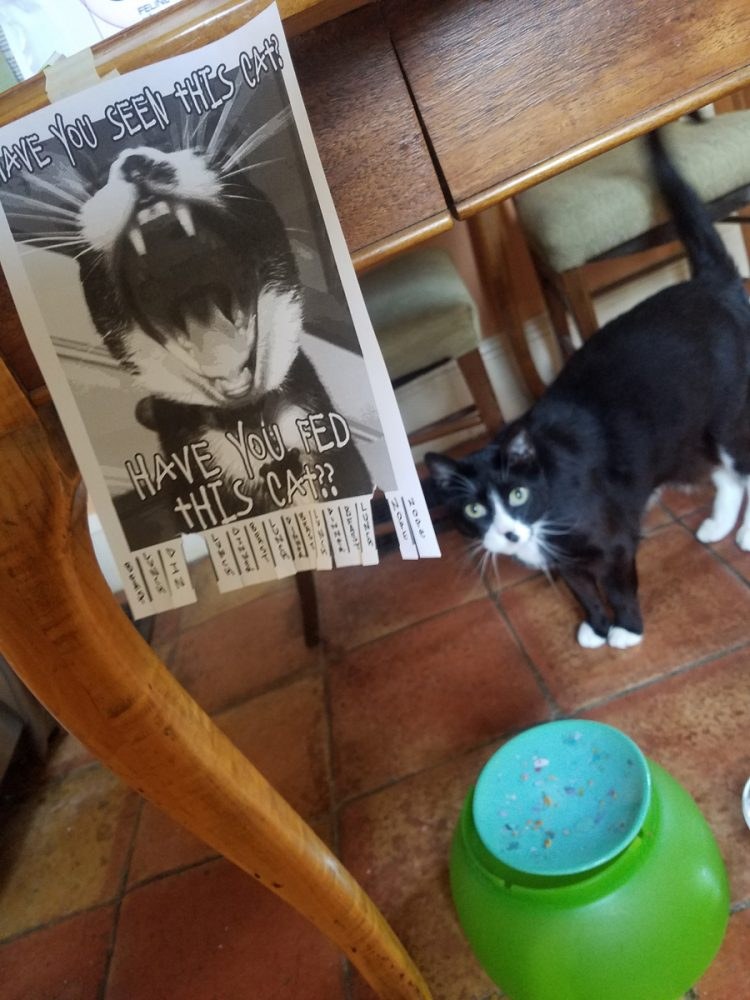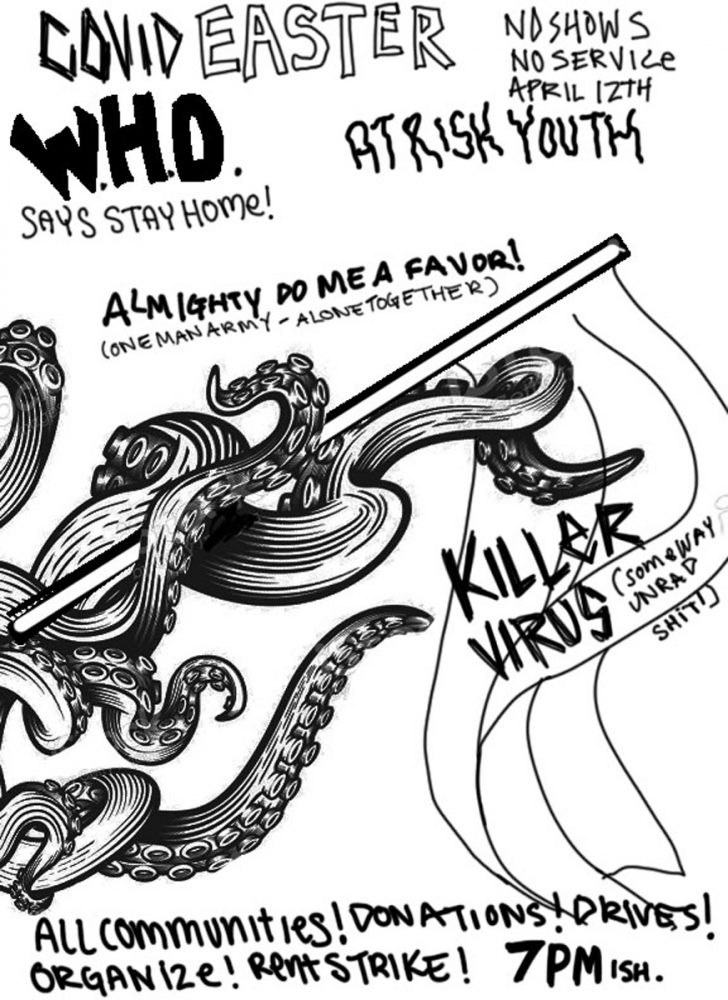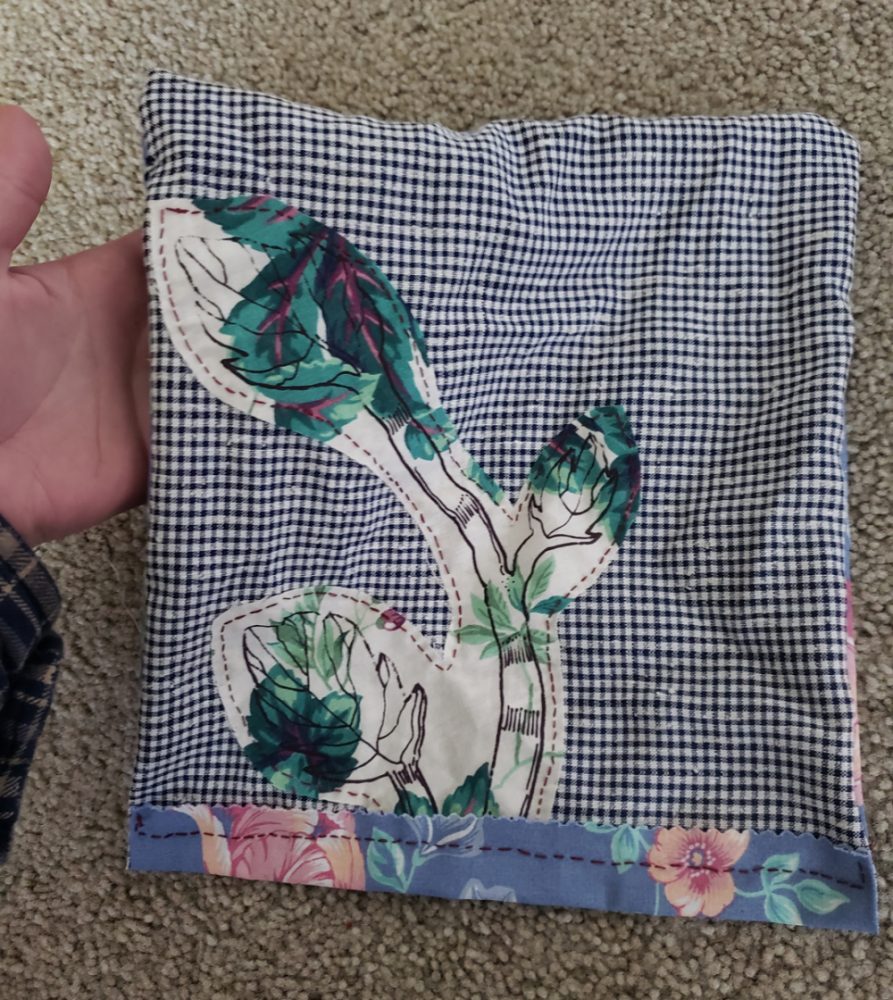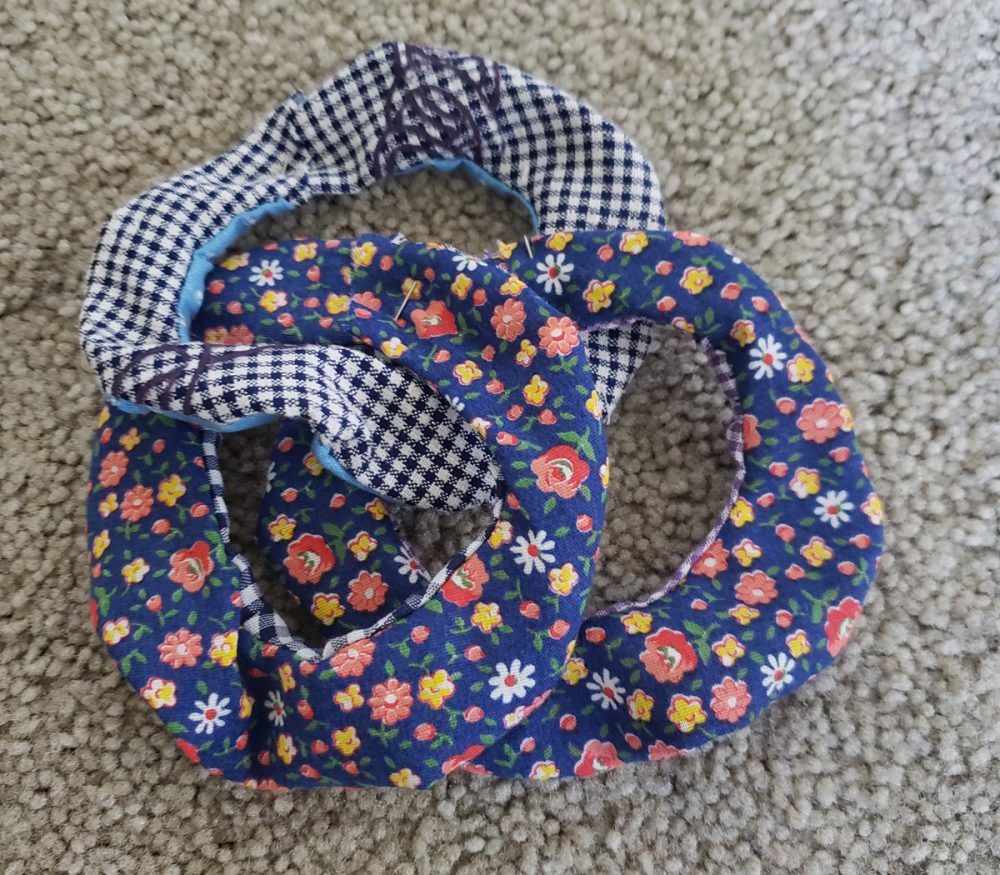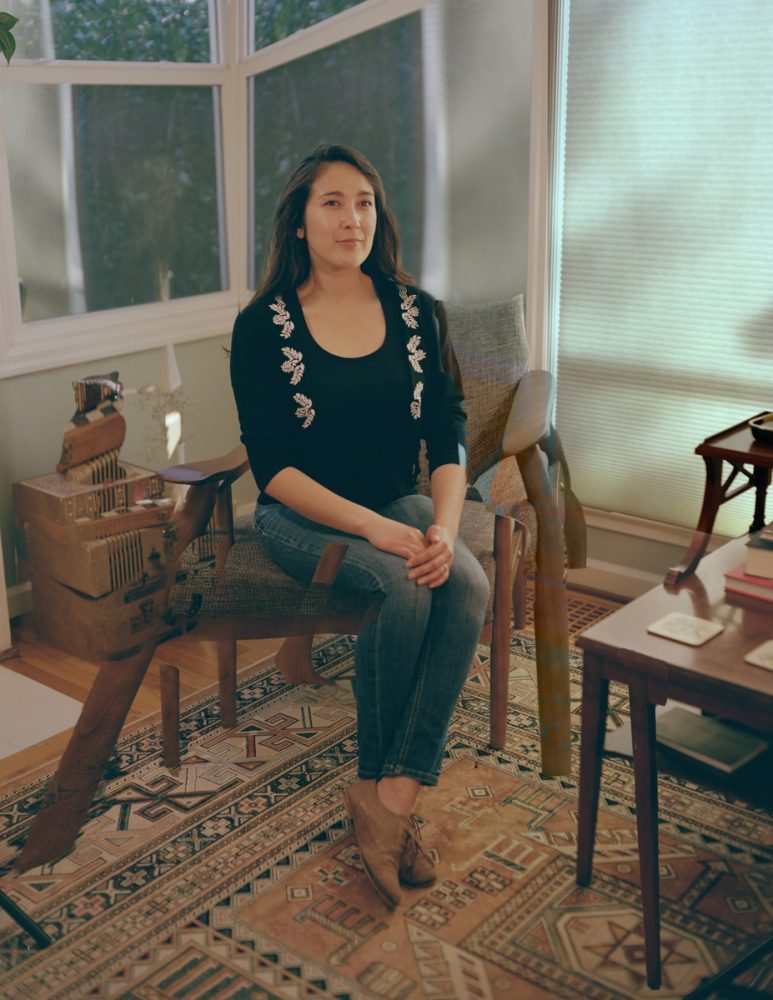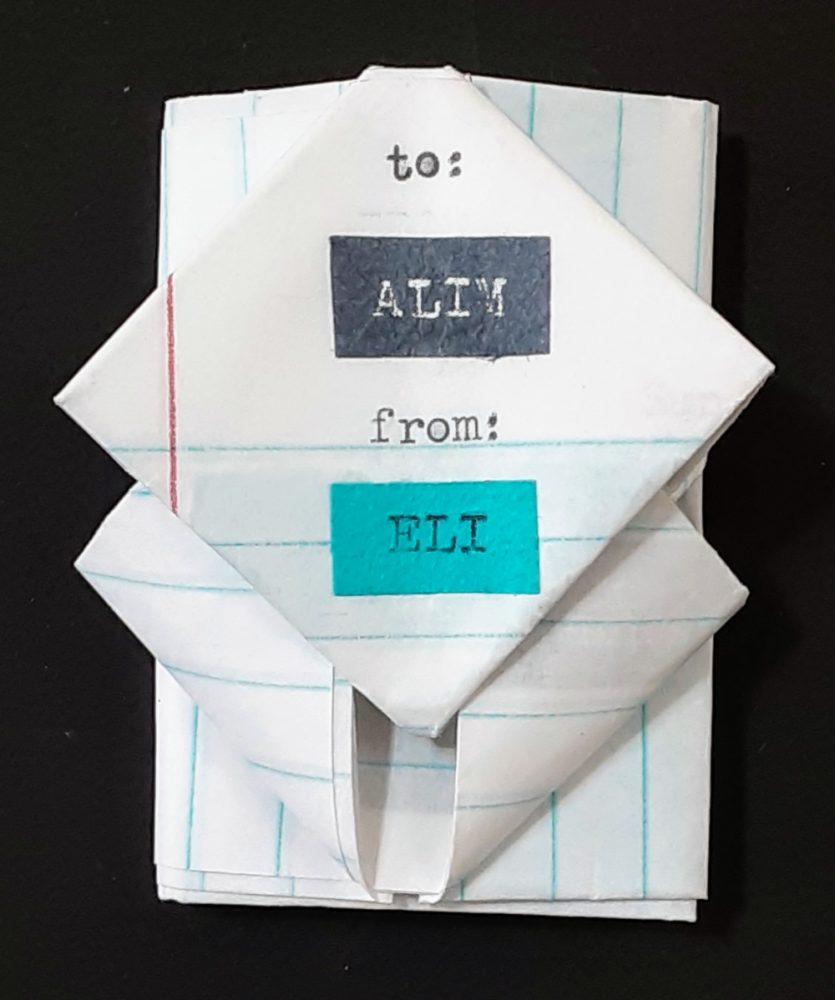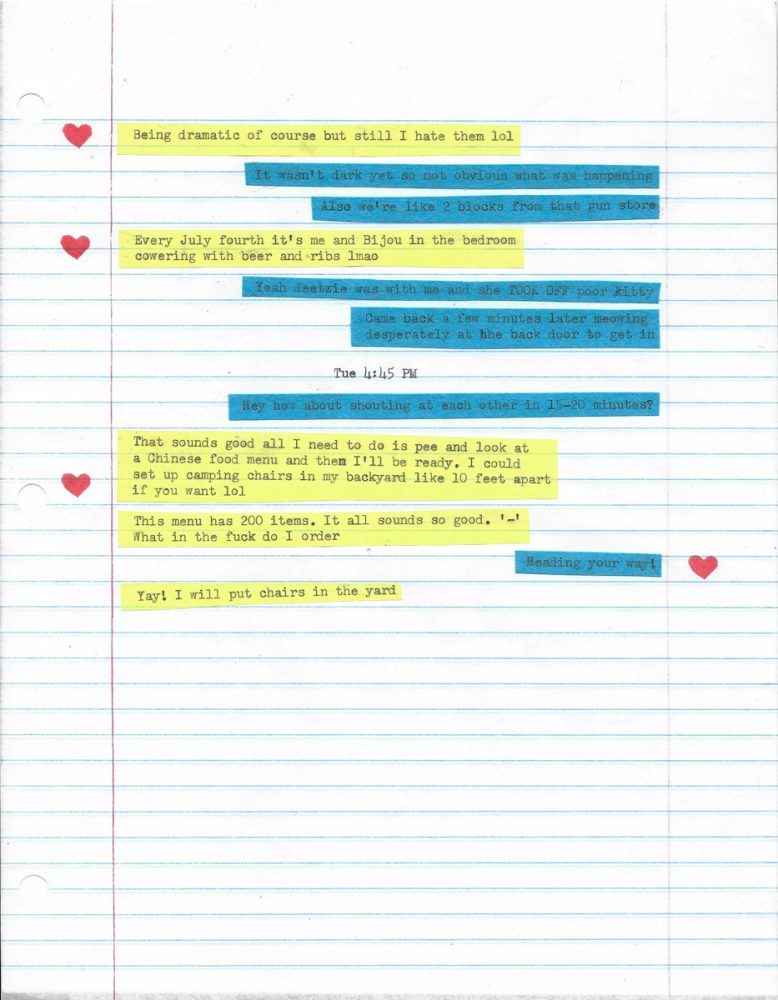In the transition to online learning, Emily Ginsburg’s class found a silver lining
June 02, 2020
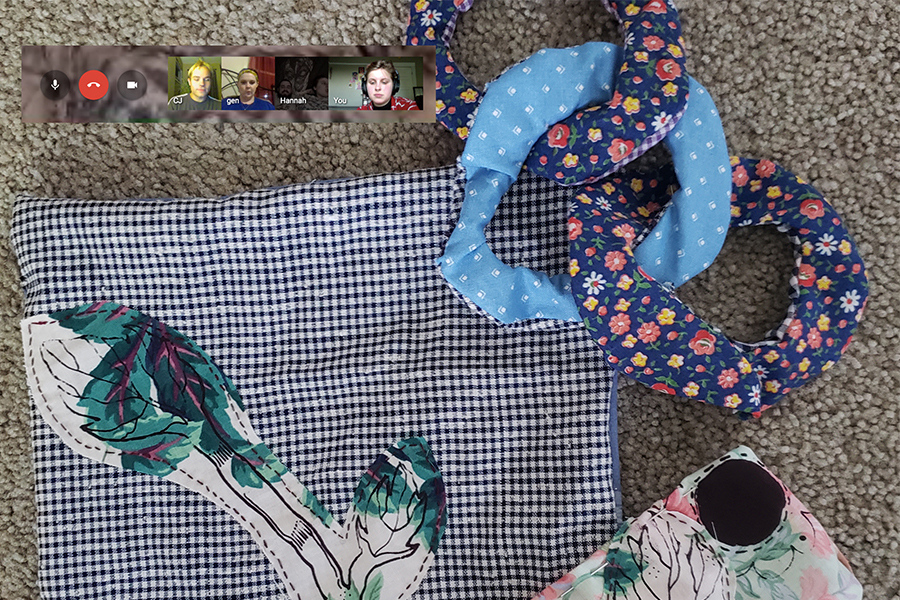
In an eerie moment of hindsight, a look back at the syllabus for the Spring 2020 edition of Art and the Everyday reveals how neatly the class’ initial projects ended up fitting into the new narratives and contexts created by COVID-19. Over the course of four projects, students learned about the anatomy of experience, daily rituals, social interactions, and public/private space – four areas of our lives that have been completely altered in the span of a few months.
“The class as a whole has always examined the structural things that we deal with in our own experiences, especially so in public life; interacting with others, what those interactions are like, and so on,” says Ginsburg. “So when the framework of those experiences was suddenly flipped upside down, it provided some really unique context to the course material.”
The first of the course’s final two projects – dealing with social interaction and public/private space, respectively – was assigned right as quarantine life became the new normal and PNCA students and faculty dove into online learning. The transition, while hard for some students, inherently made their projects more relevant, providing a natural conceptual framework for what they were experiencing.
“Here we were, looking at all the different facets of different physical spaces and how behavior manifests in those, including phobias, anxiety, community care, etc., and then the next day we were all trapped in our homes, with all the feelings that entails. The class content just naturally synched up with what ended up happening in the world,” says Ginsburg.
She points to the documentary We Live In Public, which explores what it means to be visible all the time, and notes how that theme aligns with our current reality.
“With Zoom there’s this feeling that we’re constantly broadcasting our lives and spaces; there’s a sort of dystopian lens to virtual meetings,” reflects Ginsburg. “But at the same time, these interactions (especially one-on-ones) with students can be really powerful and also help foster small group interactions because at the end of the day, we’re all in it together.”
As a whole, her students have responded in kind. Some, she said, even thrived in isolation and the additional time it created for focused work, while others communicated to her that things were progressing more slowly but still steadily. “Reactions have kind of been all over the place, but nobody was fully paralyzed by the challenges the pandemic created. It’s been powerful and inspiring to witness firsthand their resolve and drive to continue to create.”
